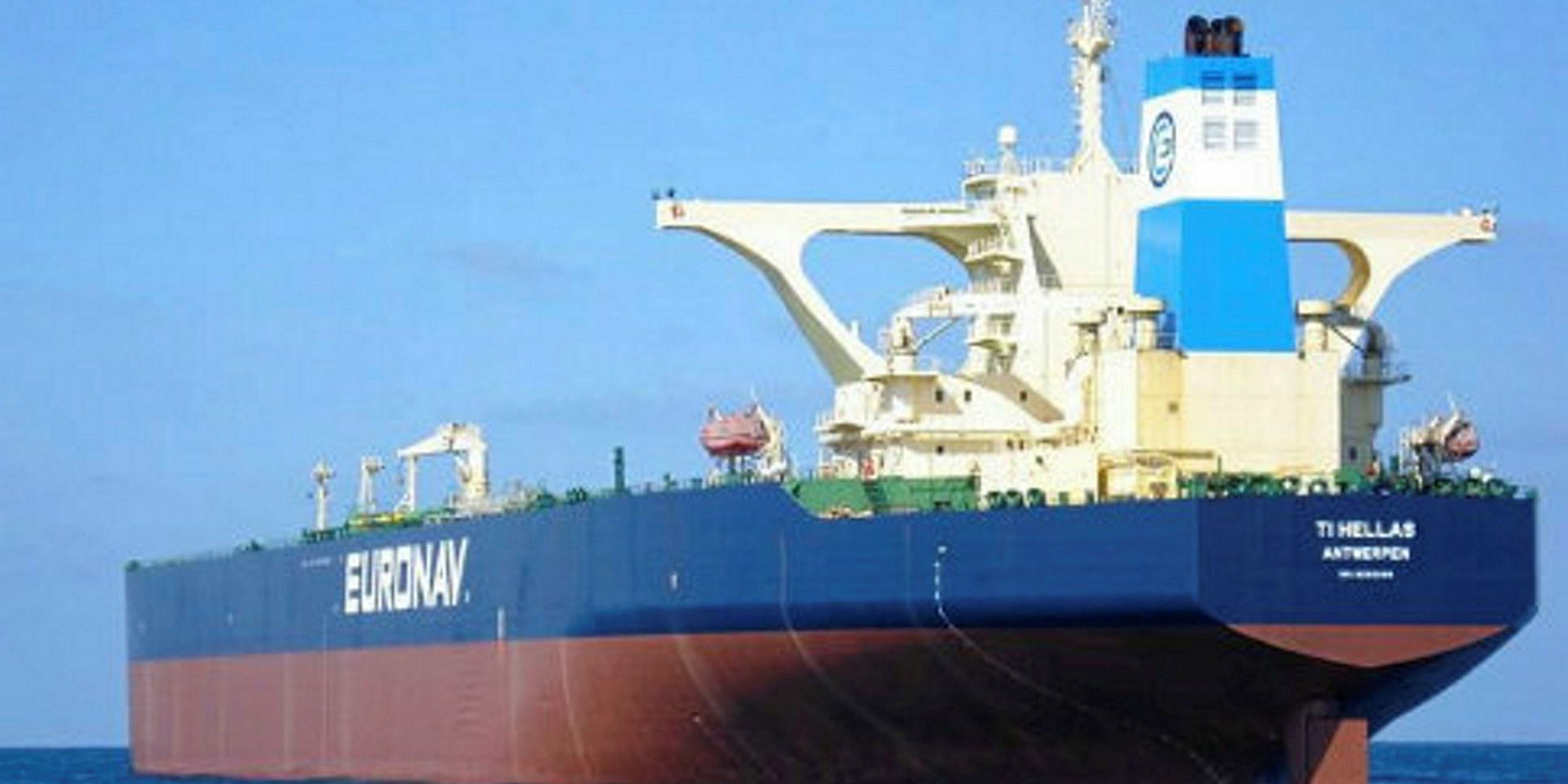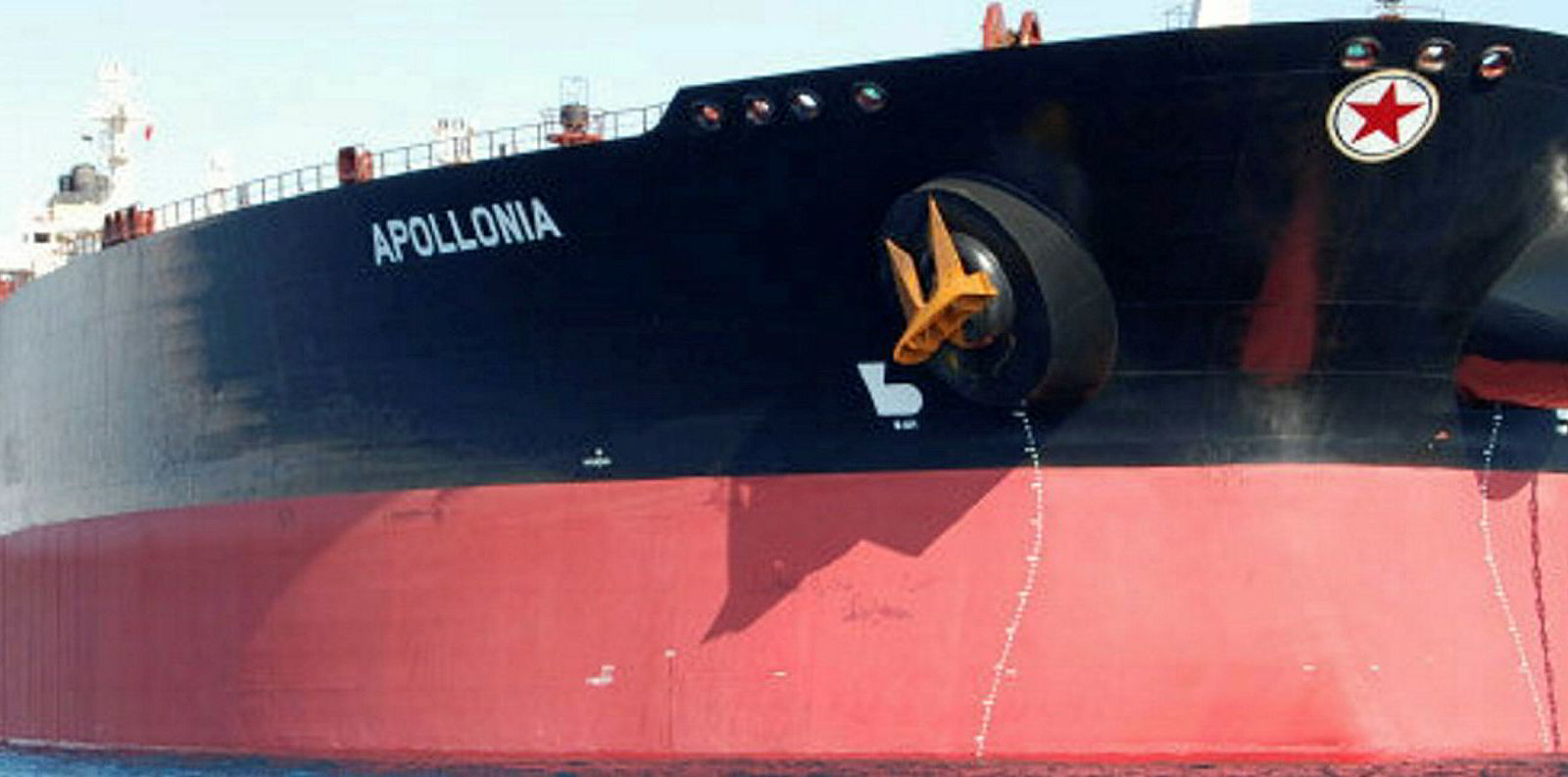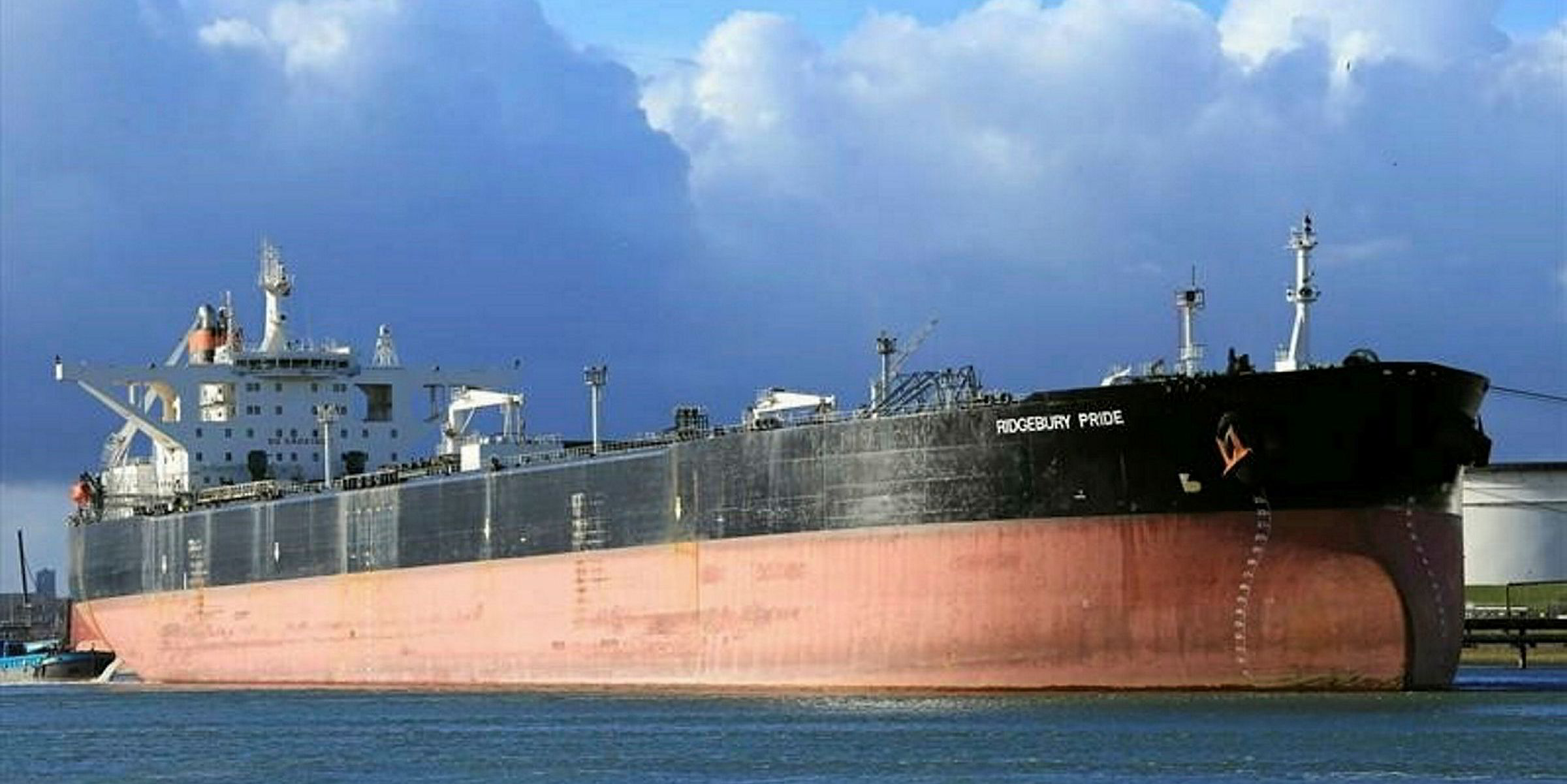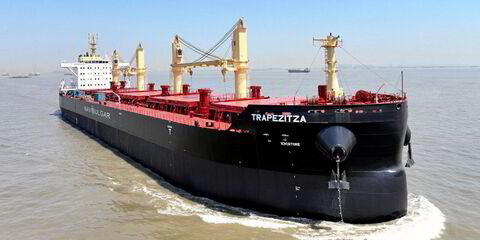Ridgebury Tankers has completed the long-anticipated sale of its two remaining VLCCs as asset prices in this segment remain elevated.
Sources close to the private equity-backed owner said the 306,000-dwt Ridgebury Progress and 300,000-dwt Ridgebury Purpose (both built 2000) were sold for about $24m each to Chinese interests.
The buyer of the vessels is believed to be a logistics firm, but further information is not available.
Following the sale, Connecticut-based Ridgebury still has nine suezmax, six MR and two handysize tankers in its fleet.
Ridgebury has been offloading its VLCCs since last year, taking advantage of the peak of the asset price cycle.
The company first sold the 309,000-dwt Ridgebury Eagle (built 2002) to Malaysia’s Yinson for $29m in July.
Ridgebury completed a $98m deal for the 299,500-dwt Ridgebury Utah and Ridgebury Utik and 298,300-dwt Ridgebury Artois (all built 2001) in October. The buyer was Mercantile & Maritime Trading, which entrusted the management of the ships to Turkish outfit Medship.
In January, the 306,397-dwt Ridgebury Pride (built 2000) was sold to Nigeria’s Aiteo Eastern E&P for nearly $25.3m.
Coming off the peak
While Ridgebury’s final two VLCCs have been sold at a price that is far above scrap value, the sales have reflected correction in the tanker asset market in line with spot earnings, according to some brokers.
In late April, Eastern Mediterranean Maritime disposed of the Japanese-built, 298,700-dwt Lucky Trader (built 2000) for $30m.
The buyer was Iraq’s Qaiwan Group, which owns energy trading firm Onex and shipowning arm Pentacontinent DMCC.
However, Ridgebury’s sale price is also believed to be negatively affected by the dry-dock timings.
Built by Samsung Heavy Industries, the Ridgebury Progress and Ridgebury Purpose are due for special survey in the next three months.
In contrast, the Lucky Trader (renamed Zin Trader) is not due for dry-docking until July 2021, according to VesselsValue. The ship was also delivered promptly.
“Ridgebury ships are not quite a benchmark … There is a big discount,” a London-based broker said.
For a good 20-year-old vessel with ideal delivery and survey timings, the price should be somewhere between $25m and $27m, the broker added.
A shallow trough
Having steadily increased for two years, VLCC values have apparently peaked in recent weeks.
Clarksons Research estimated the resale price of a VLCC newbuilding at $97m at the end of May, down from $102m in early April.
However, although demand for floating storage is falling, there is speculation that old vessels will continue to attract strong buying interest.
With the US government's toughening stance on China, Iran and Venezuela, some companies could be soaking up tonnage for the high-risk, high-reward sanctioned trades, according to some industry players.
Moreover, Banchero Costa research head Ralph Leszczynski expects limited downside to asset prices, due to resilient earnings prospects.
“I don’t expect significant declines [in secondhand tanker prices] … I’m still moderately optimistic for tanker earnings for the rest of the year, with a very modest orderbook and a big chunk of the fleet used for storage,” Leszczynski said.
In a recent Bloomberg survey of shipping analysts, the median average of forecast VLCC earnings is expected to be $57,000 per day for the third quarter and $50,000 per day for the fourth. Both are comfortably above the industry’s general break-even level.
Lucy Hine and Joe Brady contributed to this story.







